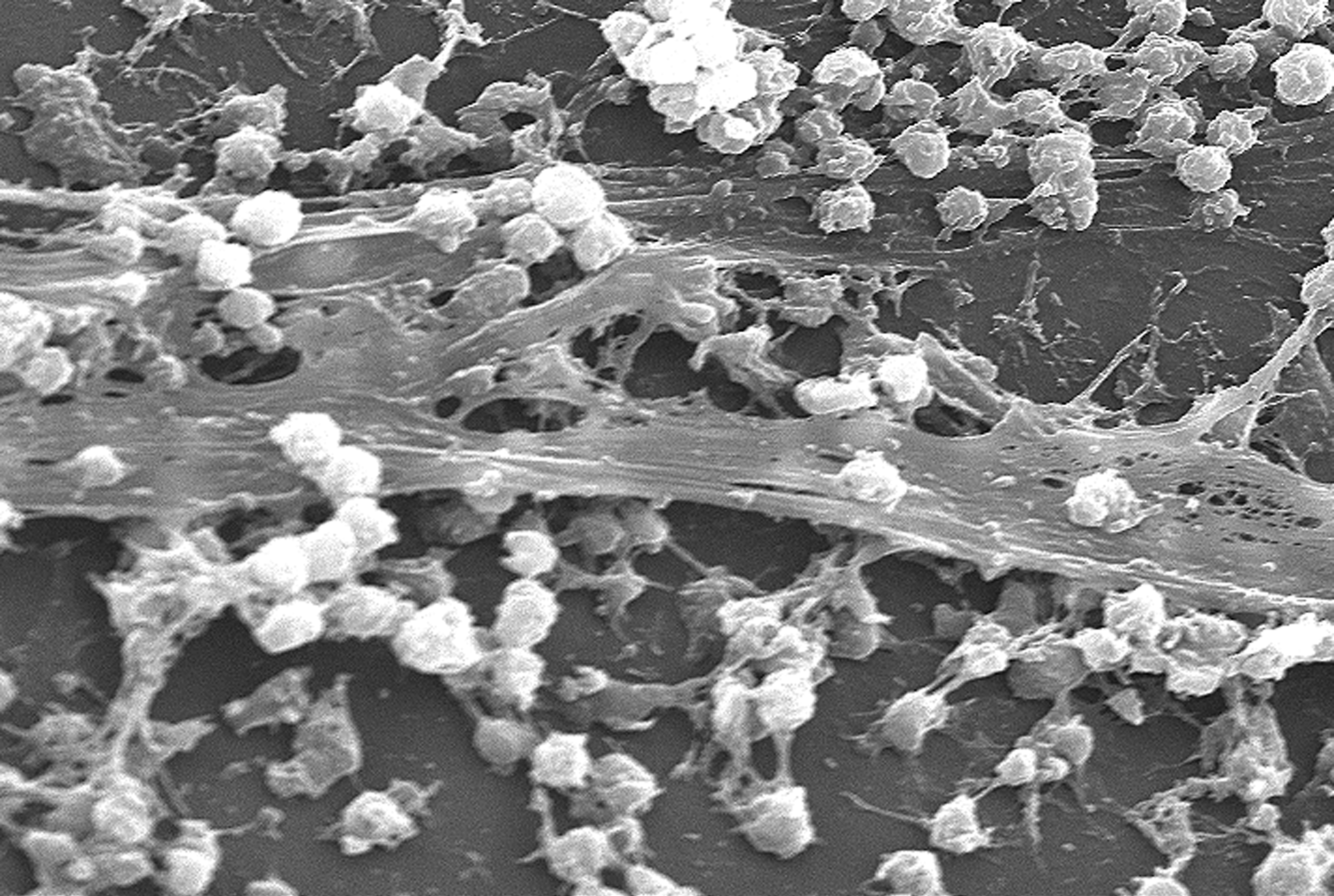|
Arthrobacter Castelli
''Arthrobacter castelli'' is a bacterium species from the genus ''Arthrobacter'' which has been isolated from biofilm from mural paintings in the Saint-Catherine chapel in Herberstein, Austria.Deutsche Sammlung von Mikroorganismen und Zellkulturen The Leibniz Institute DSMZ - German Collection of Microorganisms and Cell Cultures GmbH (German: ''Leibniz-Institut DSMZ-Deutsche Sammlung von Mikroorganismen und Zellkulturen GmbH''), located in Braunschweig, is a research infrastructure in the ...br>/ref> References Further reading * * * External linksType strain of ''Arthrobacter castelli'' at Bac''Dive'' - the Bacterial Diversity Metadatabase Bacteria described in 2005 Micrococcaceae {{Arthrobacter-stub ... [...More Info...] [...Related Items...] OR: [Wikipedia] [Google] [Baidu] |
Arthrobacter
''Arthrobacter'' (from the Greek, "jointed small stick”) is a genus of bacterium, bacteria that is commonly found in soil. All species in this genus are Gram-positive obligate aerobes that are bacterial shape, rods during exponential growth and bacterial shape, cocci in their Stationary phase (biology), stationary phase. ''Arthrobacter'' have a distinctive method of cell division called "snapping division" or reversion (microbiology), reversion in which the outer bacterial cell wall ruptures at a joint. Description ''Arthrobacter'' can be grown on mineral salts pyridone broth, where colonies have a greenish metallic center on incubated at . Under the microscope, ''Arthrobacter'' appear as rods when rapidly dividing, and cocci when in stationary phase. Dividing cells may also appear as chevrons ("V" shapes). Other notable characteristics are that it can use pyridone as its sole carbon source, and that its cocci are resistant to desiccation and starvation. Use in industry ''Arth ... [...More Info...] [...Related Items...] OR: [Wikipedia] [Google] [Baidu] |
Biofilm
A biofilm is a Syntrophy, syntrophic Microbial consortium, community of microorganisms in which cell (biology), cells cell adhesion, stick to each other and often also to a surface. These adherent cells become embedded within a slimy extracellular matrix that is composed of extracellular polymeric substances (EPSs). The cells within the biofilm produce the EPS components, which are typically a polymeric combination of extracellular polysaccharides, proteins, lipids and DNA. Because they have a three-dimensional structure and represent a community lifestyle for microorganisms, they have been metaphorically described as "cities for microbes". Biofilms may form on living (biotic) or non-living (abiotic) surfaces and can be common in natural, industrial, and hospital settings. They may constitute a microbiome or be a portion of it. The microbial cells growing in a biofilm are physiology, physiologically distinct from planktonic cells of the same organism, which, by contrast, ... [...More Info...] [...Related Items...] OR: [Wikipedia] [Google] [Baidu] |
Sankt Johann Bei Herberstein
Sankt Johann bei Herberstein is a former municipality in the district of Hartberg-Fürstenfeld in Styria, Austria. It has 355 inhabitants (as of January 1, 2011). Since 2015, it is part of the municipality Feistritztal. References Cities and towns in Hartberg-Fürstenfeld District {{Styria-geo-stub ... [...More Info...] [...Related Items...] OR: [Wikipedia] [Google] [Baidu] |
Austria
Austria, formally the Republic of Austria, is a landlocked country in Central Europe, lying in the Eastern Alps. It is a federation of nine Federal states of Austria, states, of which the capital Vienna is the List of largest cities in Austria, most populous city and state. Austria is bordered by Germany to the northwest, the Czech Republic to the north, Slovakia to the northeast, Hungary to the east, Slovenia and Italy to the south, and Switzerland and Liechtenstein to the west. The country occupies an area of and has Austrians, a population of around 9 million. The area of today's Austria has been inhabited since at least the Paleolithic, Paleolithic period. Around 400 BC, it was inhabited by the Celts and then annexed by the Roman Empire, Romans in the late 1st century BC. Christianization in the region began in the 4th and 5th centuries, during the late Western Roman Empire, Roman period, followed by the arrival of numerous Germanic tribes during the Migration Period. A ... [...More Info...] [...Related Items...] OR: [Wikipedia] [Google] [Baidu] |
Deutsche Sammlung Von Mikroorganismen Und Zellkulturen
The Leibniz Institute DSMZ - German Collection of Microorganisms and Cell Cultures GmbH (German: ''Leibniz-Institut DSMZ-Deutsche Sammlung von Mikroorganismen und Zellkulturen GmbH''), located in Braunschweig, is a research infrastructure in the Leibniz Association. Originally a culture collection for microbes (DSM), the DSMZ has expanded to provide cell cultures, online bioinformatic services, and offline analysis services. It also hosts research projects. As of 2021, DSMZ is the world's most diverse collection of bioresources with 75,000 different accessions. These include microorganisms (including more than 32,000 bacterial strains, 690 archaeal strains, 7,000 strains of yeasts and fungi) as well as more than 840 human and animal cell cultures, over 1,500 plant viruses, over 940 bacteriophages, and 250 plasmids (status 2021). Since 2010, the scientific director of the Leibniz Institute DSMZ has been Jörg Overmann, a microbiologist with a PhD from the University of Konstanz. ... [...More Info...] [...Related Items...] OR: [Wikipedia] [Google] [Baidu] |
Bacteria Described In 2005
Bacteria (; : bacterium) are ubiquitous, mostly free-living organisms often consisting of one biological cell. They constitute a large domain of prokaryotic microorganisms. Typically a few micrometres in length, bacteria were among the first life forms to appear on Earth, and are present in most of its habitats. Bacteria inhabit the air, soil, water, acidic hot springs, radioactive waste, and the deep biosphere of Earth's crust. Bacteria play a vital role in many stages of the nutrient cycle by recycling nutrients and the fixation of nitrogen from the atmosphere. The nutrient cycle includes the decomposition of dead bodies; bacteria are responsible for the putrefaction stage in this process. In the biological communities surrounding hydrothermal vents and cold seeps, extremophile bacteria provide the nutrients needed to sustain life by converting dissolved compounds, such as hydrogen sulphide and methane, to energy. Bacteria also live in mutualistic, commensal and para ... [...More Info...] [...Related Items...] OR: [Wikipedia] [Google] [Baidu] |


